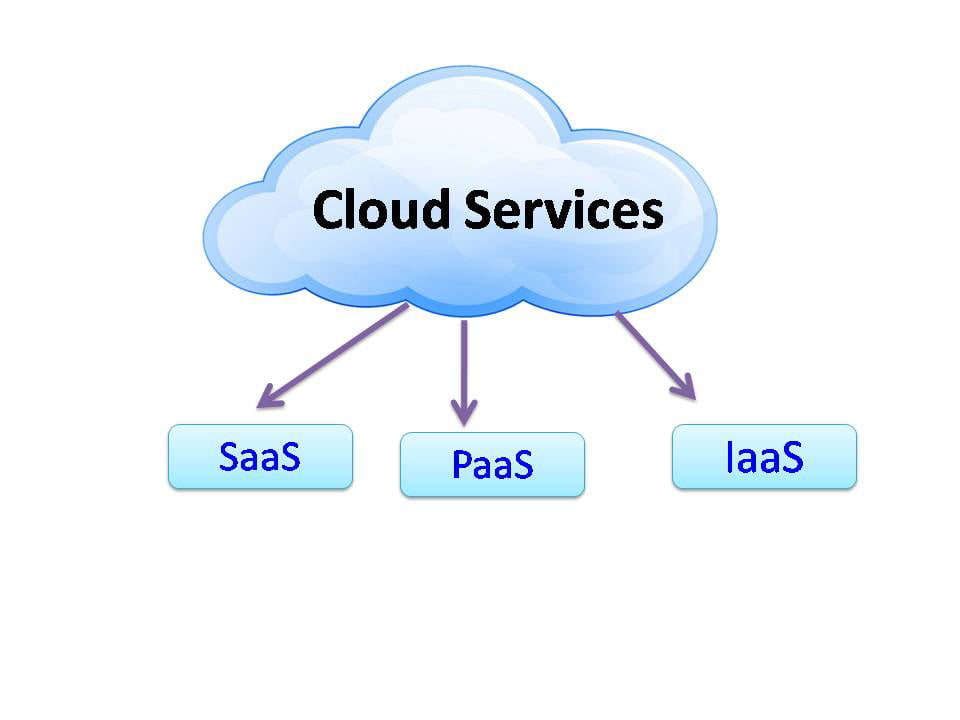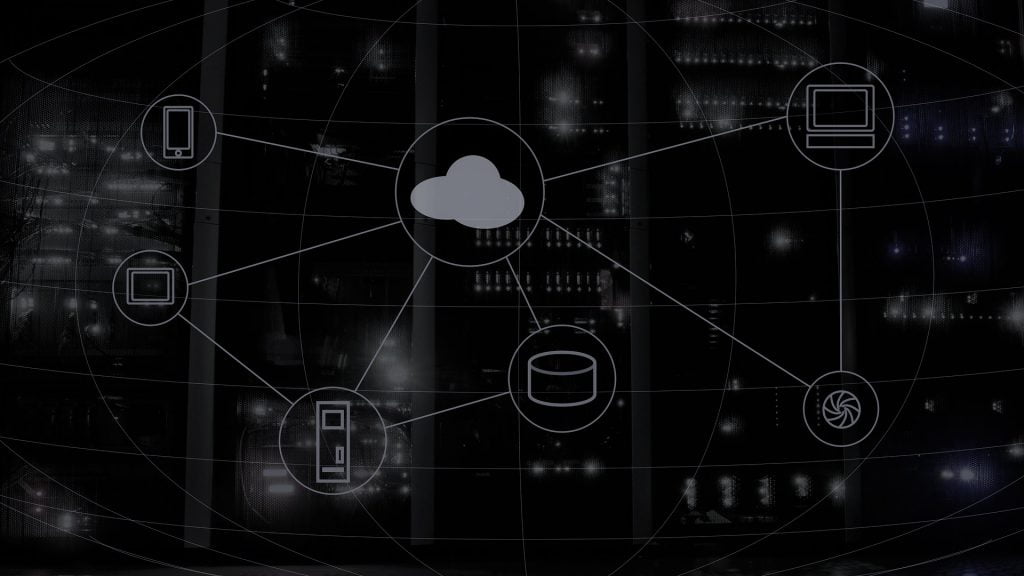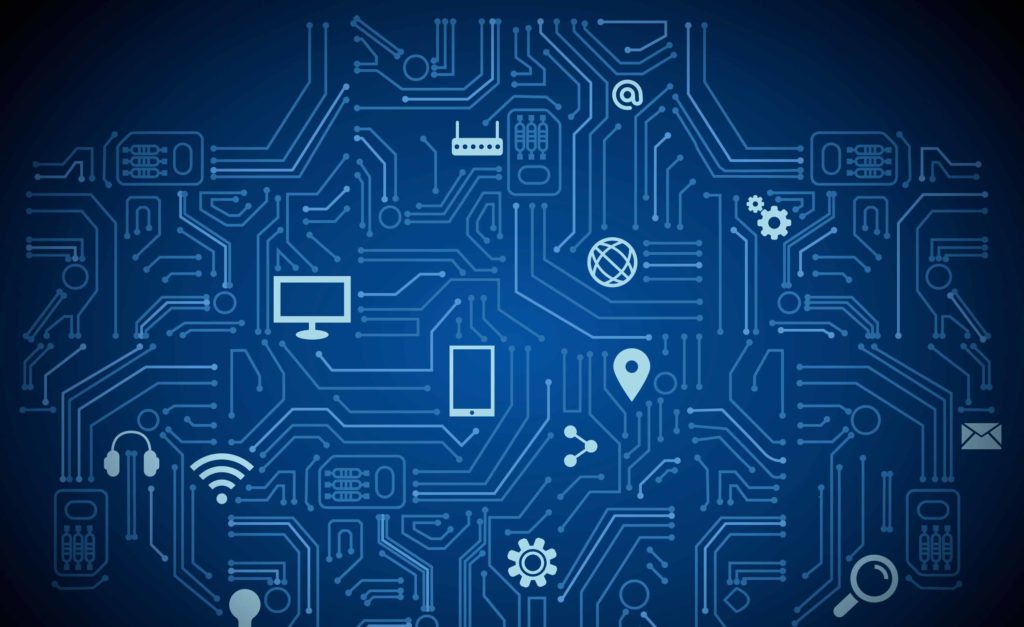What is cloud computing?
Cloud computing means a model of computing that delivers a wide variety of services through a network, basically the internet. The services include software, computer processing, storage, and other services. These services are provided as a pool of virtualized resources, and users can access the information by using any connected device from anywhere.
In simple terms, cloud computing can be defined as a pool of virtualized computing services.
Today, most organizations use this service to manage their business processes effectively.
Characteristics of cloud computing
According to the U.S National Institute of Standards and Technology (NIST), cloud computing has five characteristics: rapid elasticity, on-demand self-service, location-independent resource pooling, ubiquitous network access, and measured service.
- measured service
The usage of computing resources is controlled, monitored, and reported. Also, it provides transparency for both users and providers of the number of services utilized
- Rapid Elasticity
The user demand is constantly changing, and the rapid elasticity of cloud computing allows users to obtain additional space in the cloud or other services. It means users can request the capabilities at any time in any quantity
- Location independent resource pooling
Computing resources pooled together in systems or servers to serve multiple users. So basically, users do not know, and they have no idea about the location of computing resources.
- Ubiquitous network access
Ubiquitous network access means computing services can be accessed by using networks and devices from anywhere.
- On Demand Self service
On-demand self-service means users can acquire computing capabilities (network storage & server time) without permission from the administrator or support staff because all the processes are automated in cloud computing. With this user-oriented self-service, users can obtain the resources easily and quickly.
Types of cloud computing

Infrastructure-as-a-service (IaaS)
Infrastructure-as-a-service (IaaS) is a type of cloud computing service that serves essential networking resources, compute, and storage. All of these services deliver from operating systems to servers by using IP-based connectivity. The organizations will able to reduce their cost of maintaining data centers and hardware costs by migrating their infrastructure to an IaaS solution. Moreover, organizations can scale their IT resources flexibly and set real-time business insights.
There are some common business scenarios such as,
- Lift & shift migration
- Test & development
- Web applications and
- High-performance computing
The real examples for IaaS systems are Microsoft Azure and IBM cloud.
Platform-as-a-service (PaaS)
PaaS can be considered the most complicated layer among the three types of cloud computing. PaaS is a deployment environment and complete development in the cloud. It delivers everything from simple cloud-based applications to cloud-based ERP applications. PaaS consists of networking, servers, and storage just like IaaS, but also it includes some features such as BI services, database management systems, development tools, and middleware. Therefore users can purchase these resources that they need from their cloud service provider over a secure internet connection.
Some examples for PaaS are Windows Azure, Heroku, Openshift, AWS Elastic Beanstalk, and Google app engine.
Software-as-a-Service (SaaS)
SaaS delivers a complete software solution for users. This allows users to connect and use web applications over the internet, usually using a web browser. The service provider handles the hardware and software, so the app data, infrastructure, middleware, and app software are located in the provider’s data centers. For instance, if someone uses a web-based e-mail service such as Gmail, Yahoo Mail, or Hotmail, it is a form of SaaS. The E-mail software is located on the service provider’s servers, and users need to log into their E-mail account through the internet by using a web browser.
Advantages of cloud computing
- The most important advantage is that it reduces the costs of the organization. If an organization operates its businesses with cloud computing, there is no need to invest in physical hardware, and also, they do not need any experts to manage hardware. Because the cloud service provider does managing hardware
- With cloud computing, organizations will able to deploy their services easily and quickly. This is a good advantage for the organization’s productivity.
- Every employee can easily access all cloud services; all they need is a device with internet connectivity.
- Organizations can easily scale up or scale down their operations and storage requirements easily in changing environments.
- The service providers regularly update their infrastructure, including security updates. So users don’t need to pay attention to maintaining their systems; they can effectively focus on their business growth.
Disadvantages of cloud computing
- Accessing cloud services is very difficult when there are technical problems such as network outages, reboots, or downtime.
- Users have a lack of control because the cloud infrastructure is maintained and monitored by cloud service providers.
- Although there are security standards and privacy policy certifications, storing important data and files on external servers opens up high risks. Especially organizations or persons need to think twice when managing their sensitive data with cloud computing services.
- The internet is an essential thing when using cloud services. If there is poor internet connectivity, users may have so many difficulties.
Conclusion
The meaning of cloud computing is a pool of virtualized resources that deliver a wide variety of services over the internet. The services include software, computer processing, storage, and other services. Nowadays, organizations use cloud computing to manage their business processes effectively. There are different types of cloud computing, such as IaaS, PaaS and SaaS





